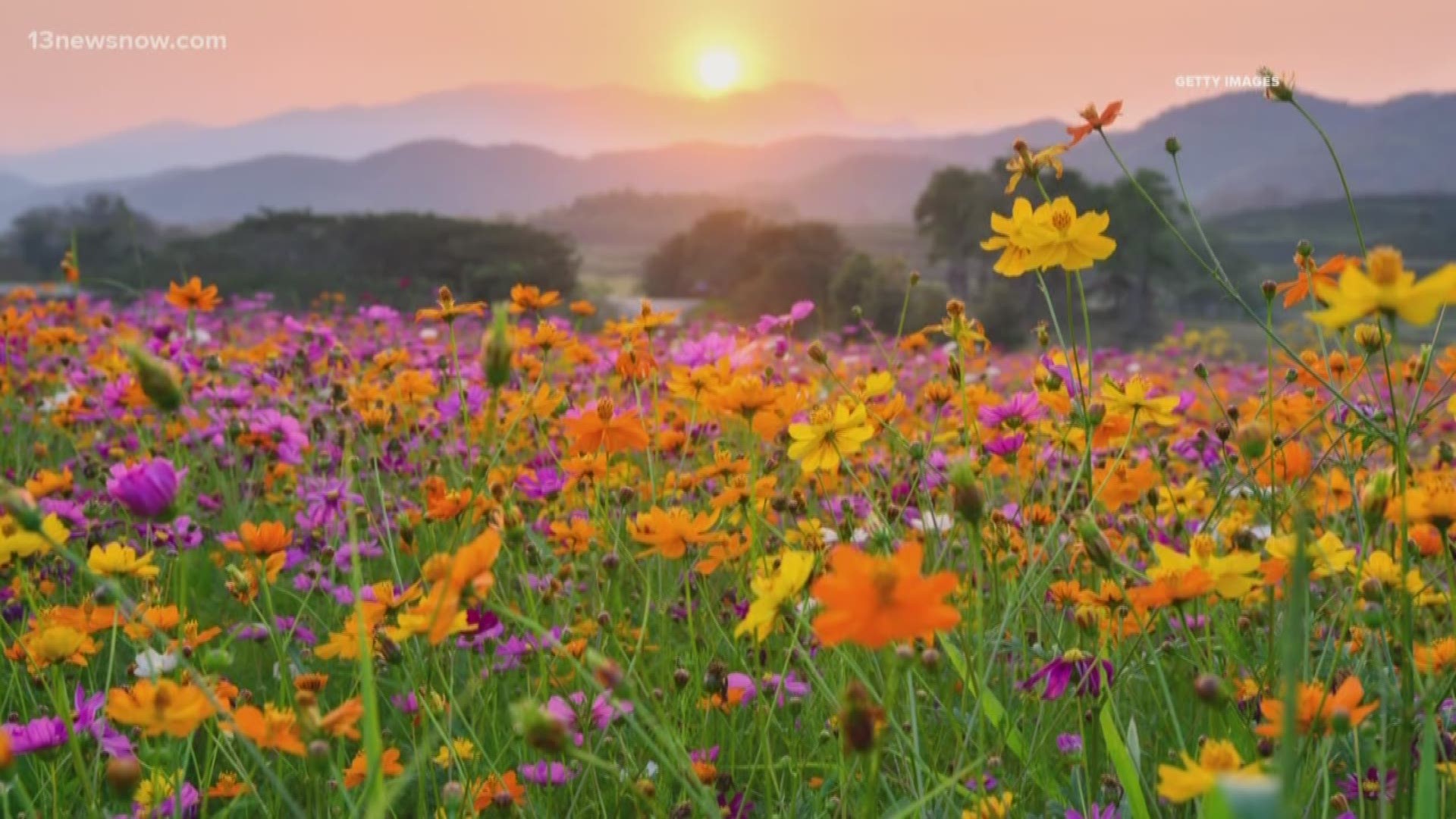Winter is finally almost over! The spring -- or vernal -- equinox will mark the start of spring on Sunday, March 20, 2022.
During the equinox, the sun will pass directly above the equator and bring nearly equal amounts of day and night. At the equator, an equinox brings about 12 hours of daylight and 12 hours of night.
In the northern hemisphere, the March equinox comes with warmer weather, later sunsets and budding flowers. In the southern hemisphere, it marks the beginning of fall.
Fun fact: For meteorologists, spring started on March 1."Meteorological seasons" are based on temperature variations and always start on the first day of a month. This clearly-defined timing helps researchers calculate seasonal data, Forbes reports.
What time is the spring equinox?
The 2022 spring equinox is at 11:33 EDT. That's 10:33 a.m. CDT, 9:33 a.m. MDT and 8:33 a.m. PDT.
Solstice vs. equinox: What's the difference?
Solstices and equinoxes both happen because of the earth's tilt, but they're also complete opposites. While equinoxes happen when the sun is right above the equator, Brittanica says solstices are when the sun is at its furthest point north or south of the equator. The summer solstice is the longest day of the year, while the winter solstice is the shortest day.
The difference is even in the names. According to NASA, equinox means "equal night" in Latin, referring to the idea that day and night are equal lengths.
The 2022 summer solstice is on June 21. The autumn equinox is on September 22 and the winter solstice is on December 21.

